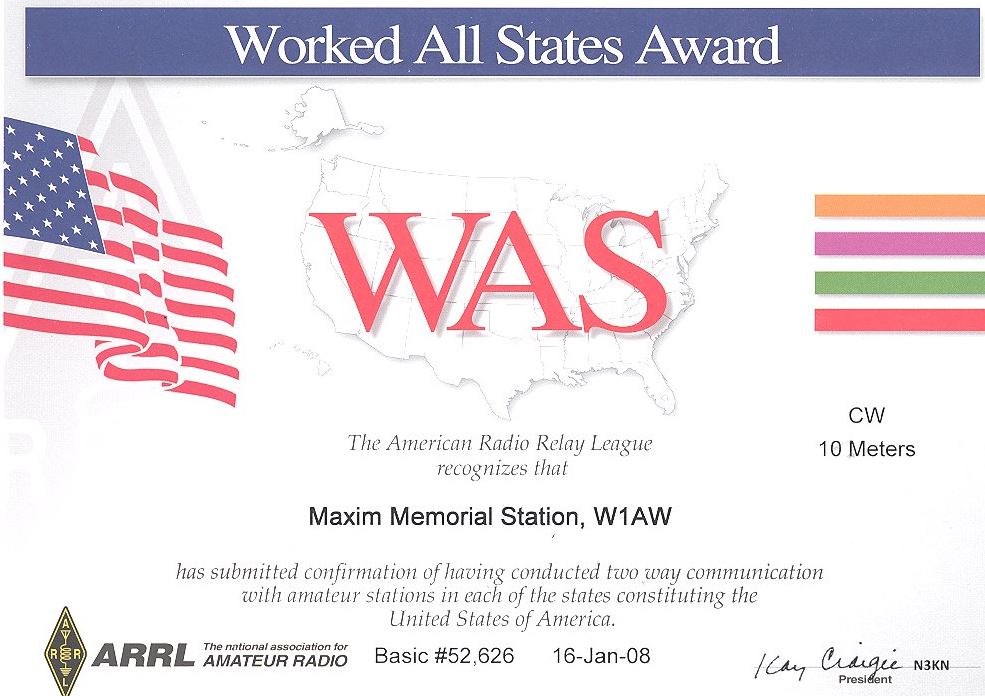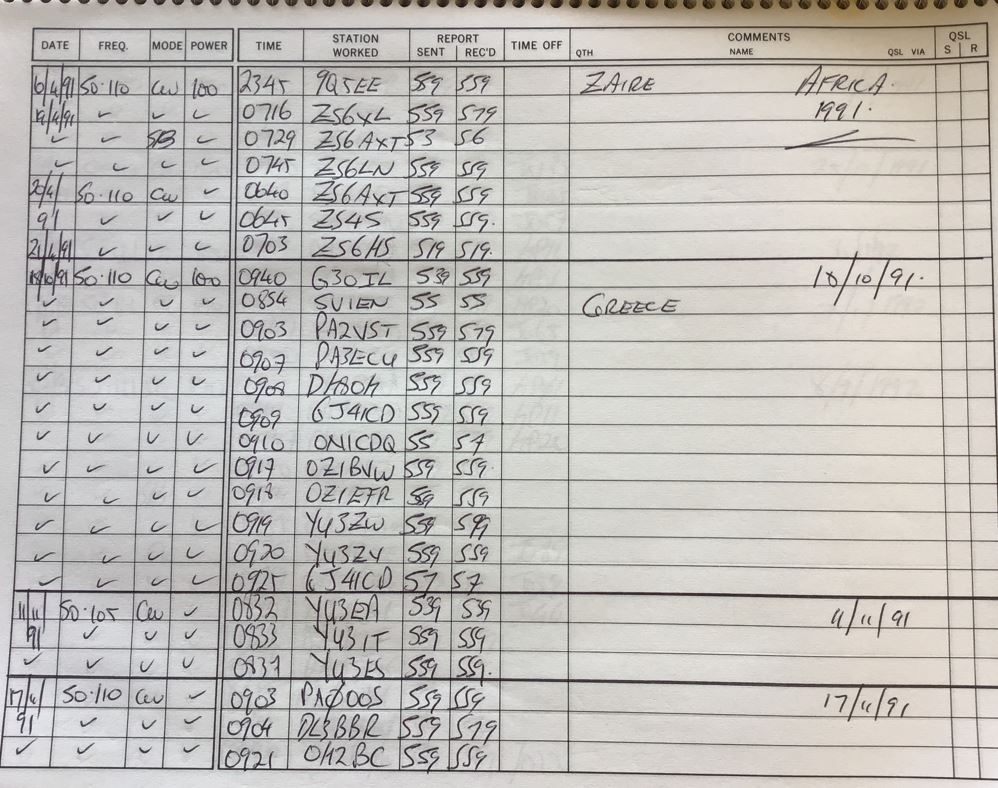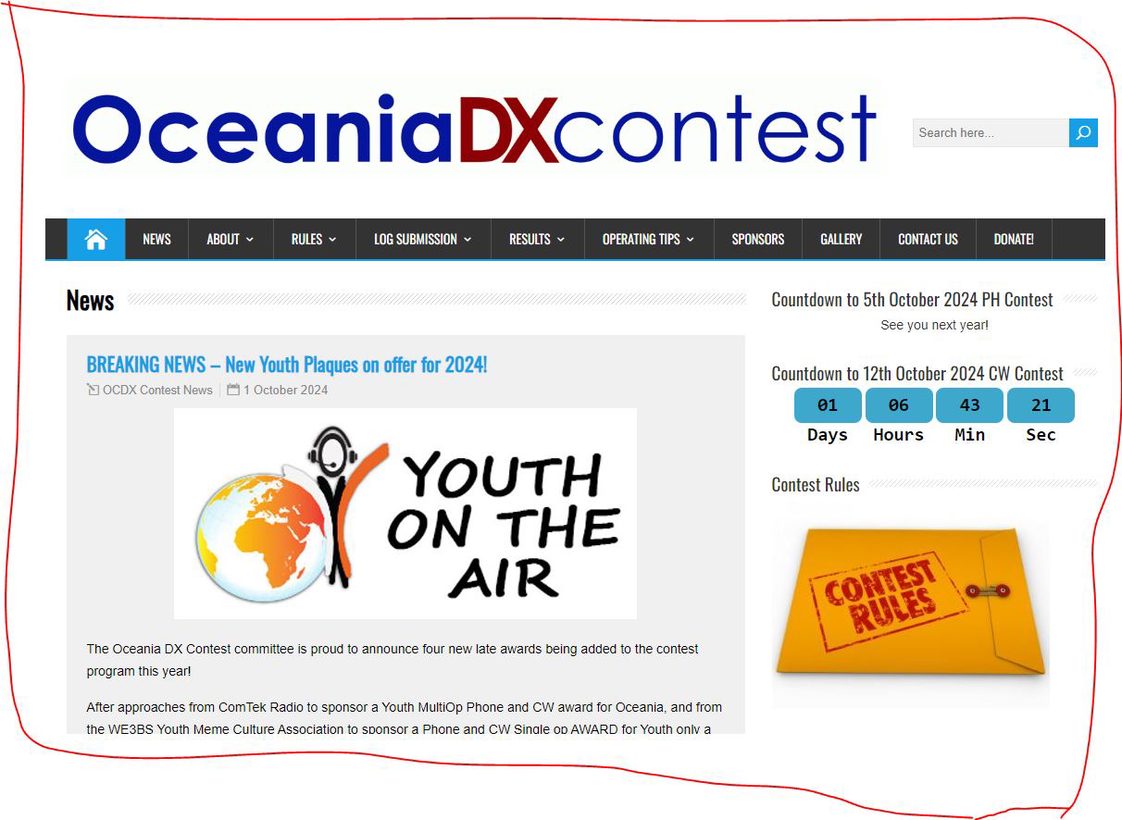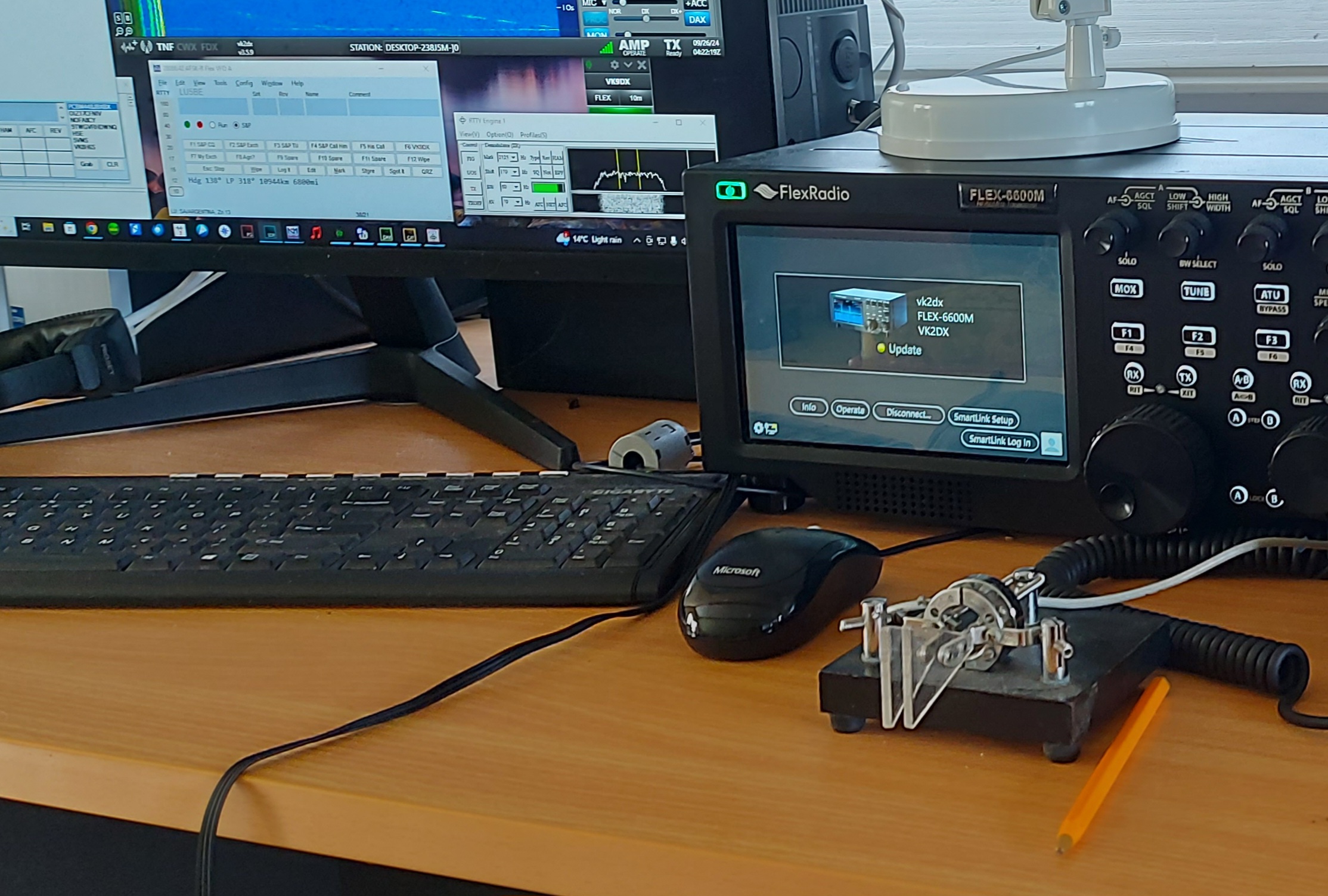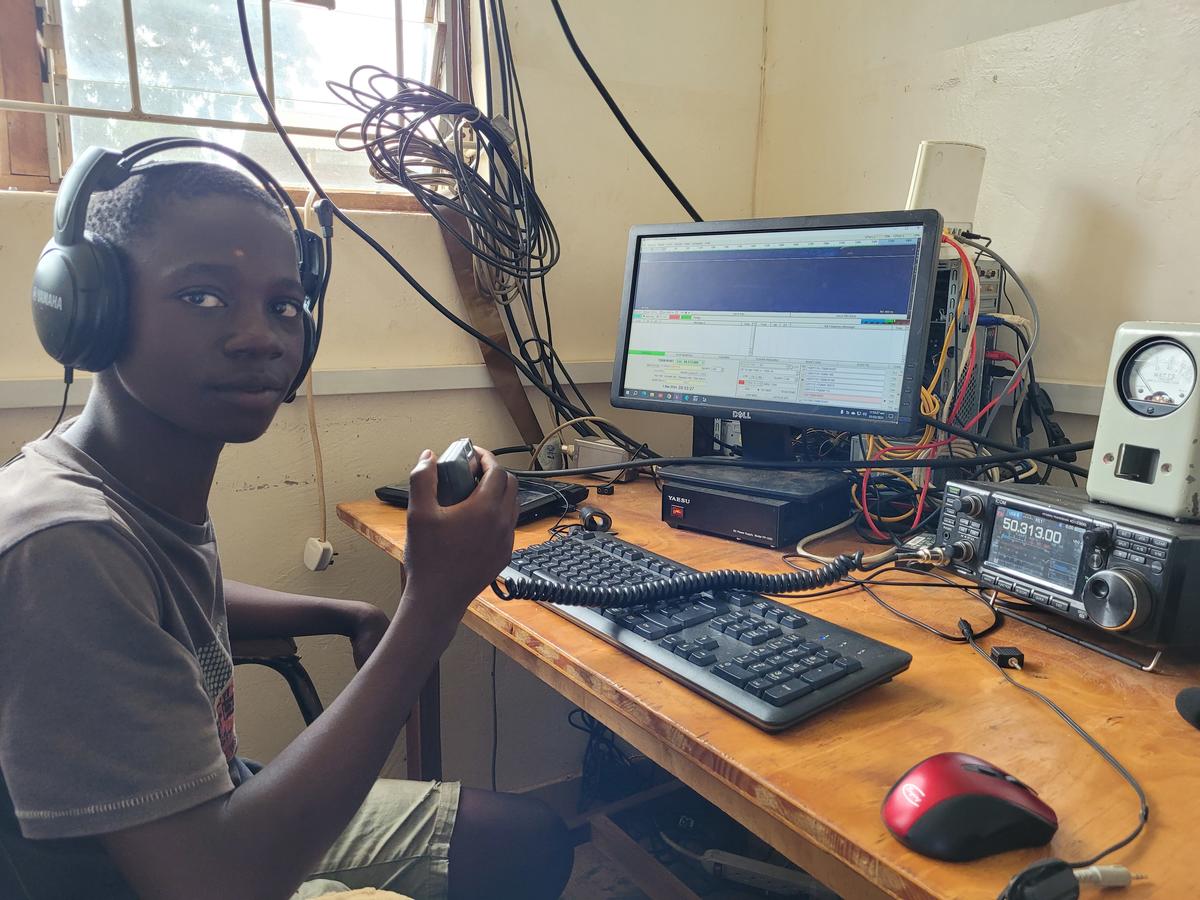
Those of you who have been around for a while know this so well: for every location in the world, there is that ‘sweet spot’ where you are always loud, no matter what. Usually, it is the antipode of your location, a part of the world diametrically opposite from where you are. To VK2, the sweet spot is the Canary Islands, EA8. From Norfolk Island, that spot is somewhere between Cape Verde and EA8. The other favourable trajectory is direct south-north path. For a simple reason: when travelling in that direction, radio waves do not cross the Earth’s magnetic field, but travel in parallel to it. This is why the Japanese are always loud, and so are Alaskans, on all HF bands.
On 6m band, things are significantly different. Apart from geography and geometry, antenna gain and height, the propagational mechanism is very different to HF. The openings to certain destinations are brief at the best, and often non-existent. The question is: is there a sweet spot to a given location, from our QTH?
And I don’t mean constantly open paths like Central America to the South Pacific or daily trans equatorial openings to Japan.
Again, I have not been long on 6m to find that spot. However, there is already a serious candidate: Malawi, 7Q. Yes, I know – this sounds crazy. Yet it appears that for some strange and unexplainable reason, this African destination could indeed be my ‘easiest to work’ true DX.
This year I have been decoding Malawi on a number of occasions, and in recent weeks, almost daily. The signals are not just exceptionally strong, but the opening lasts for an hour – or more!
While I can see other DX appearing and disappearing after just a few decodes, Malawi stands out like a mighty beacon.
Meet the Malawi boys: a group of young, smart and super keen operators who share the 7Q6M station at Embangweni Mission hospital. Six new Malawian ham radio operators are a result of “Project Malawi” sponsored by HacDC Amateur Radio Club of Washington, trained by Don Jones 7Q6M. These are the kids who handed you Malawi on a number of bands and put a smile on your face.


To obtain a license in Malawi is rather a complex matter. There is no local licensing body, so the youngsters went overseas to obtain a license. Upon their return, they were granted a recognition of overseas license in the form of a Malawian callsign. At the cost of US $50, paid annually. A rather large sum for 16 and 17 year old students.
So young, so keen, so enthusiastic. So far, I’ve managed contacts with three different callsigns on 6m: 7Q6M, 7Q2MM, Mwabi, 17, currently learning Morse Code and 7Q8AC, Arnold, a tech guy who just got his licence on October 4. Shown below repairing an AL1200 amplifier!
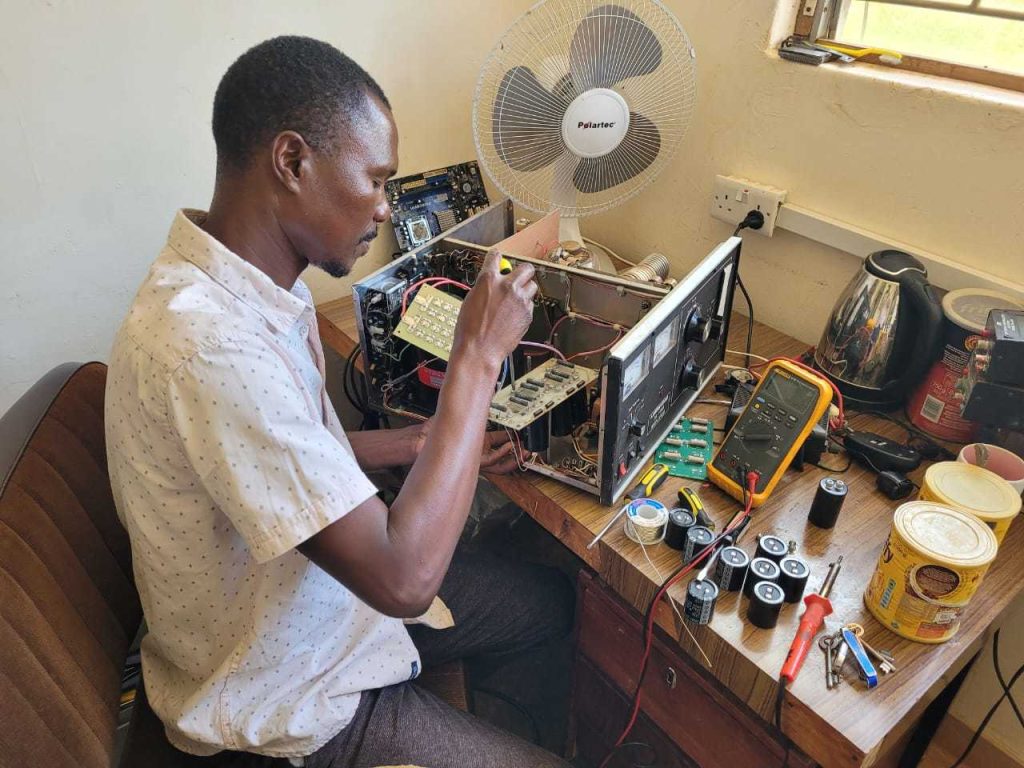
Are the Malawi boys the future of amateur radio? I hope they are. And what a bight future that would be!
So what is your sweet spot?
